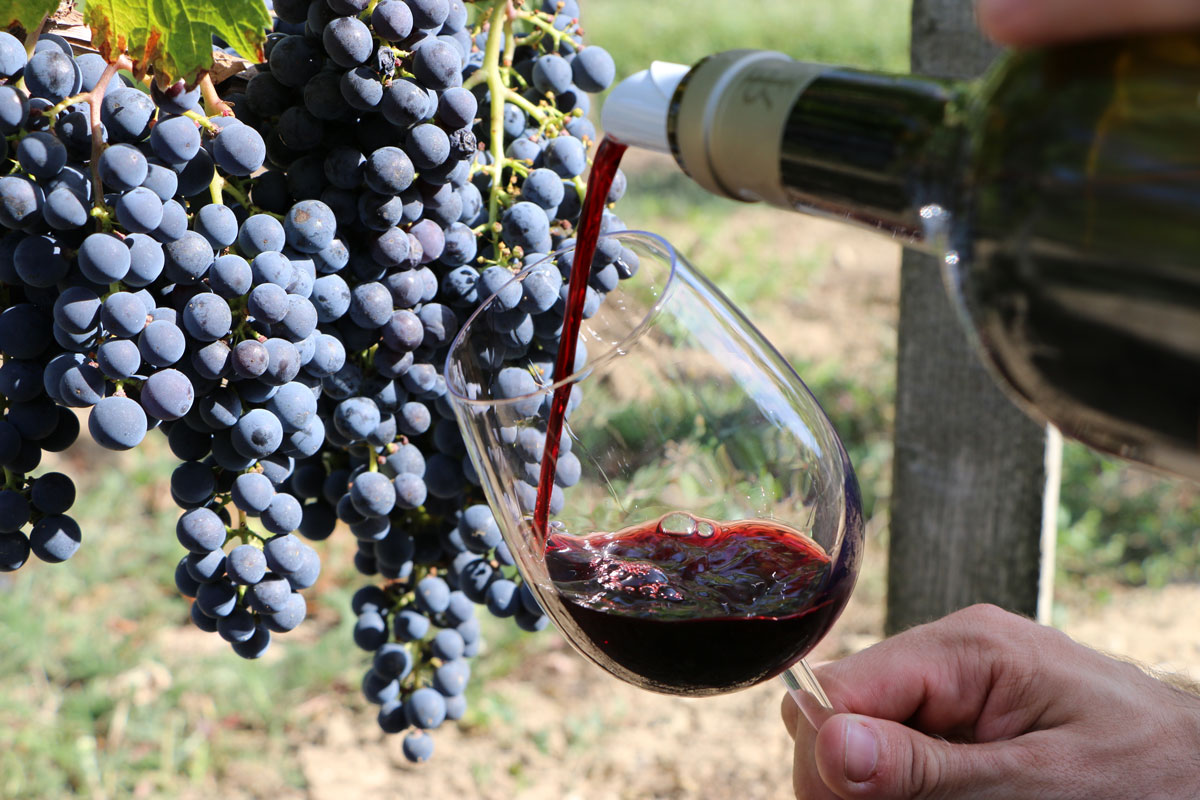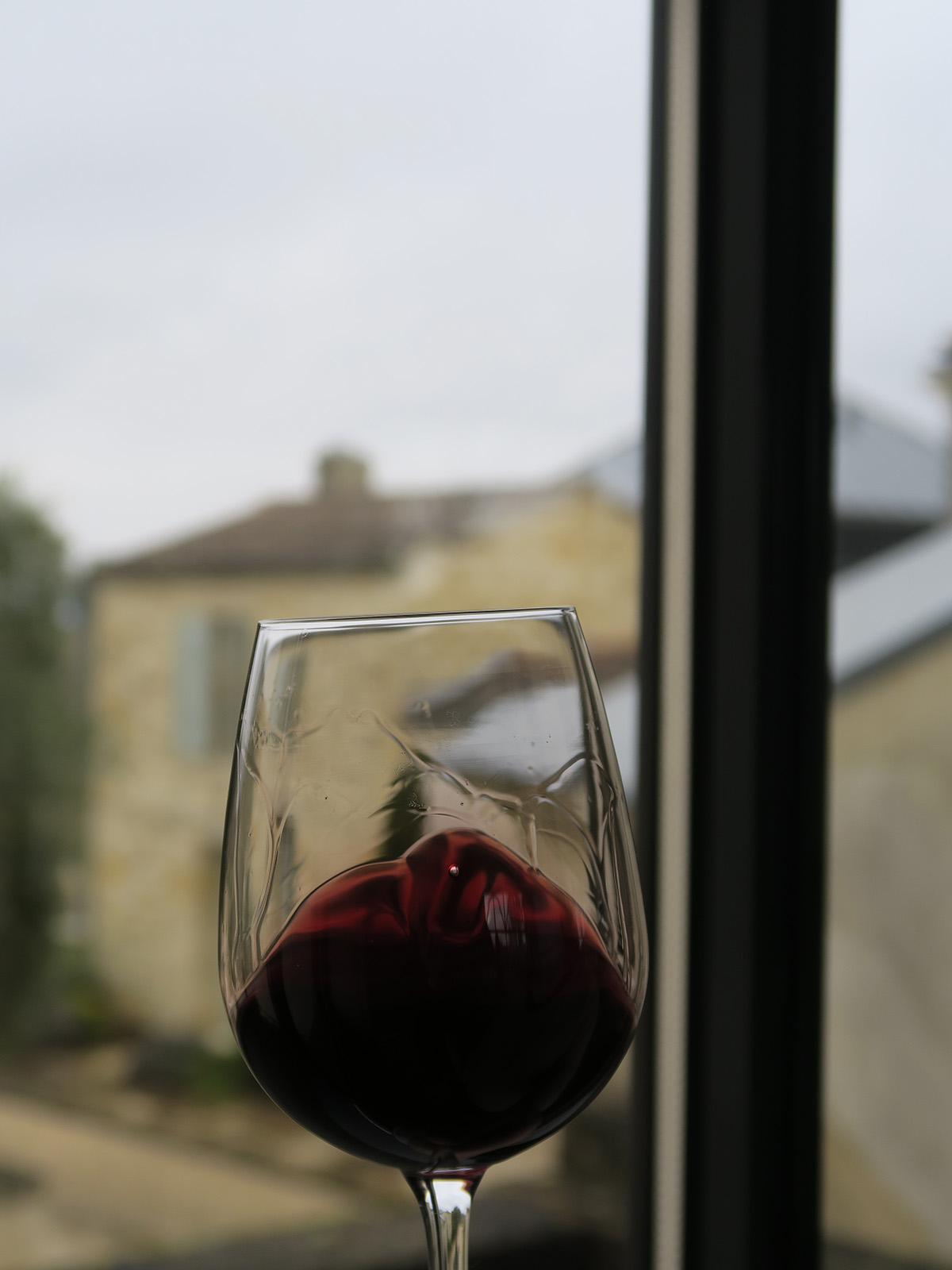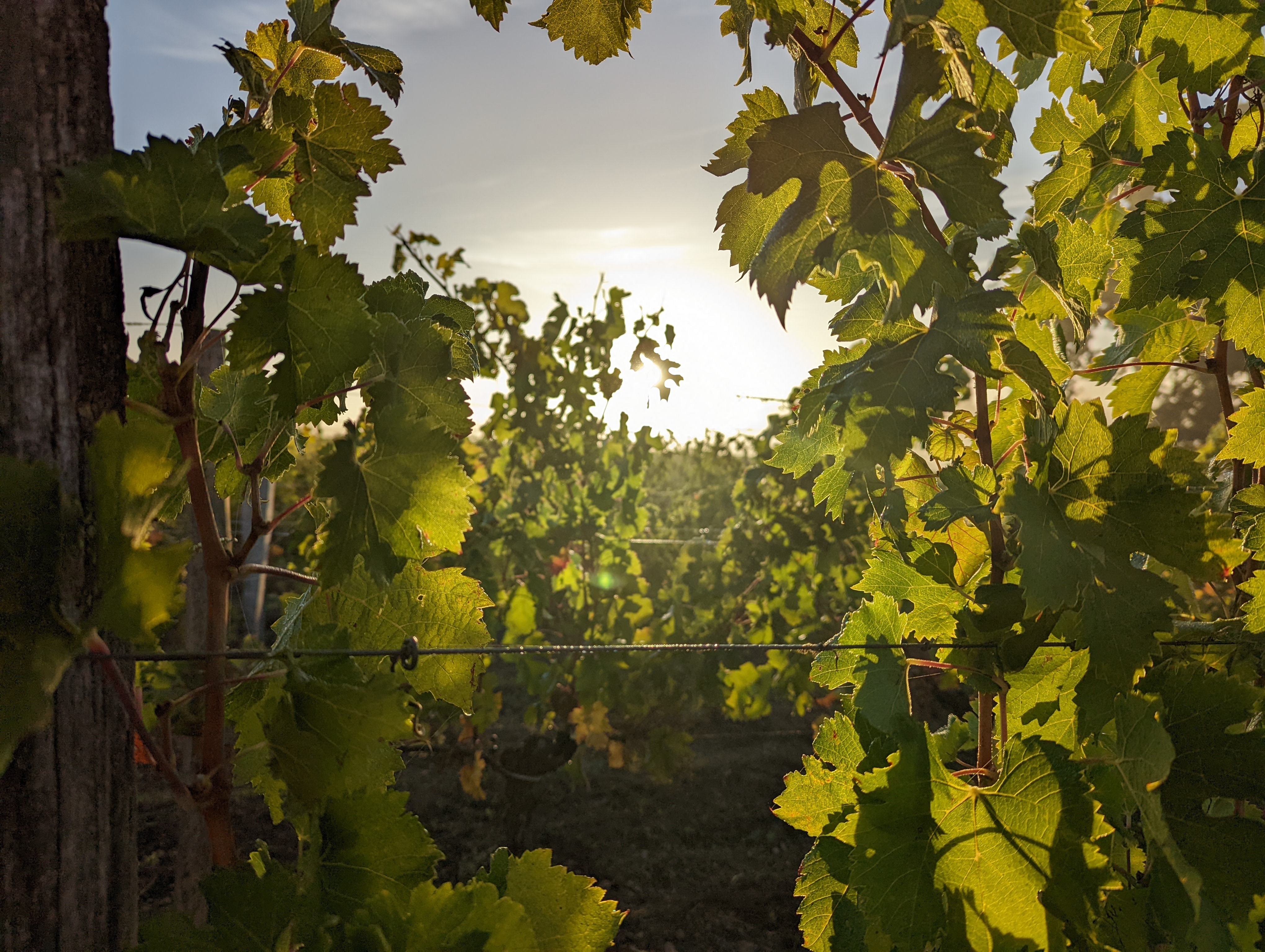Wine and alcohol : the underside of the equation

Wine has a long history and is often associated with gastronomy and, by extension, conviviality. Over the centuries, this age-old beverage has evolved with the mastery of new techniques and the arrival of new tools. Today, winegrowers have mastered their art, but they still have to face up to the vagaries of protecting their vines (disease, weather) and their production, particularly in the context of global warming. Each stage, from the vine to the cellar, is decisive and contributes to the final result, which is the wine, with its specific characteristics and flavour and aroma profiles.
Today we're looking at the alcohol content in wine. It can vary considerably from one wine to another, even if the current trend is for the alcohol content to rise, to around 14° per litre. How is the alcohol content determined? When does the alcohol appear in the wine? Is it possible for the winemaker to control this alcohol level in line with the quality objectives he has set for his wines? Here are some of the answers.
What is alcohol?
The alcohol in wine is made through a natural fermentation process. When the grapes are harvested, they are pinched and then pressed to extract the sweet juice. This juice is then fermented with native yeasts naturally present in the bloom (on the skin) of the berries. They can also sometimes be added, these are exogenous yeasts selected in vineyards renowned for their interesting characteristics. Alcohol thus appears during the winemaking phase, during so-called alcoholic fermentation which sees the sugars naturally contained in the harvested grapes transformed entirely or partially into alcohol and carbon dioxide under the action of yeasts. The greater the initial concentration of sugar in the grape, the more alcohol the wine in question will contain. This process can take several weeks to several months, depending on the type of wine and the desired alcohol level. It takes 16.81g/l of sugar to produce 1% alcohol.

The origins of alcohol
The variety of the rootstock
The vine rootstock is the part on which the winegrower will graft the variety of vine he wishes to cultivate. It is used in viticulture because it is resistant to phylloxera, this variety of vine-parasitic aphids which ravaged French vineyards in the 19th century, and because it adapts better to soil conditions. The choice of rootstock (often American) is made according to the typology of the terroir. It can be early, late, resistant to limestone as at Château La Rose Perrière... The more or less marked precocity of the rootstocks induces via the harvest date the quantity of sugars present in the grapes and therefore, ultimately, the wine alcoholic potential.
The choice of grape variety
In France, around 210 grape varieties are authorised for wine production out of the more than 10,000 that exist throughout the world. New varieties are regularly approved by the wine authorities. Some of these varieties are renowned for their high productivity. Combined with the right terroir, these varieties produce high yields, meaning that many bunches of grapes can be harvested from each vine. The sugars are then "diluted" over all the bunches, so the concentration of sugars in the berries is low.
The vintage
The vintage, which combines terroir and climatic conditions, has a direct impact on the alcohol content of the wine. The climate of a wine-growing region can undergo transformations that have a corresponding impact on the vines and grape varieties. For example, a sunny year will favour the production of riper grapes, resulting in a wine that is fruitier and potentially higher in alcohol. Indeed, the hotter and drier the weather, the more sugar is concentrated in the berries as a result of water evaporation. This trend is accentuated by climate change: higher temperatures, more sunshine and less rainfall will have a direct impact on the potential sweetness of the grapes.
Checking the alcohol content of wine
As you will have realised, the alcohol content of wine depends on a number of factors over which the winemaker does not always have a great deal of control. However, the alcohol content of wines can be modulated by interventions at all stages of the production chain, particularly in the vineyard and during the fermentation process, enabling the winemaker to obtain different levels of alcohol as required.
How ?
- By controlling the plant material (foliage) that protects or exposes the berries to direct sunlight. Leaf thinning is a corrective technique that consists of removing the leaves around the bunches. By opening windows in the vegetation, a technique known as effeuillage, the vine accumulates less sugar in the berries, thereby lowering the final sugar content. This technique is now seen as a tool for adjusting the final composition of the grapes and improving the potential quality of the wines.
- By choosing to harvest grapes with a lower sugar content at the time of harvest, which will result in a wine with a lower alcohol content. In the context of global warming, this may mean that winegrowers have to harvest the grapes earlier in the year in order to benefit from a lower sugar content. These early harvests do not prevent the fruit from ripening, and the winegrower makes no concessions to this, at the risk of damaging the wine's aroma.
- Use specific yeasts: certain strains of yeast are more efficient at transforming sugar into alcohol. By choosing specific yeasts, it is possible to a lesser extent to control the alcohol content of the wine.
By carrying out regular tests, winegrowers will be able to control the alcohol content of their wine even more effectively, and obtain a final product that meets their expectations. In the near future, the wine industry also believes in the emergence of new varieties of grapes that ripen with low levels of sugar. This is an ambitious solution that involves selecting, over the years, vine varieties that naturally give less sweet grapes. These cross-breeds could eventually produce a wine with a reduced alcohol content of between 9 and 11%. It is important to note, however, that the alcohol content of wines is governed by the AOP (PDO) specifications. It cannot therefore be lowered at the discretion of the winegrower.
Non-alcoholic wines

©Canva
Depuis quelques temps déjà, le vin ne rime plus toujours avec alcool depuis l’avènement des vins sans alcool appelés aussi vins désalcoolisés. L’intérêt grandissant pour cette boisson qui veut ressembler au vin traditionnel mais qui ne contient que des taux infimes d’alcool (généralement moins de 0,5%) se confirme. Ce type de vin est généralement fabriqué en enlevant l'alcool du vin après la fermentation, en le faisant bouillir ou en utilisant des techniques de filtration spéciales. Le vin sans alcool est souvent considéré comme une alternative pour les personnes qui ne peuvent pas boire d'alcool pour des raisons de santé, d’un mode de vie plus sain ou d’un désir personnel de modération, sans pour autant renoncer au plaisir de boire du vin. L’usage de la terminologie « vin » pour ce type de boisson reste néanmoins toujours un sujet de débat car selon la législation de l'Union européenne, le terme "vin" ne peut être utilisé que pour les boissons contenant au moins 7 % d'alcool.
To conclude
Over the last thirty years or so, there has been a steady increase in the alcohol content of wines. In the 1980s, the average wine contained 10-11% alcohol. Today, this figure is closer to 13-14%, even reaching 15% in the hottest wine-growing regions. When a wine contains less than 11% alcohol, it is very likely that it comes from a country with a cool climate or that it contains sugar that has not been converted into alcohol. It may also be a combination of the two. Global warming is at least partly responsible for this trend: hot summers and the drying out of berries through evapotranspiration increase the final alcohol content of wine after vinification. In the end, what matters is not so much the alcohol content of the wine as its alcohol/acidity balance.
Against this trend, the growing interest among consumers in dealcoholised wines shows that wine, in all its guises, remains associated with pleasure and not with its alcohol content.
The fact remains that it is essential to drink wine in moderation and not to abuse it. The recommendations are to limit consumption to one glass a day for women and two glasses a day for men. It is also advisable not to drink alcohol during pregnancy and not to drive under the influence of alcohol... but you already knew all that!
